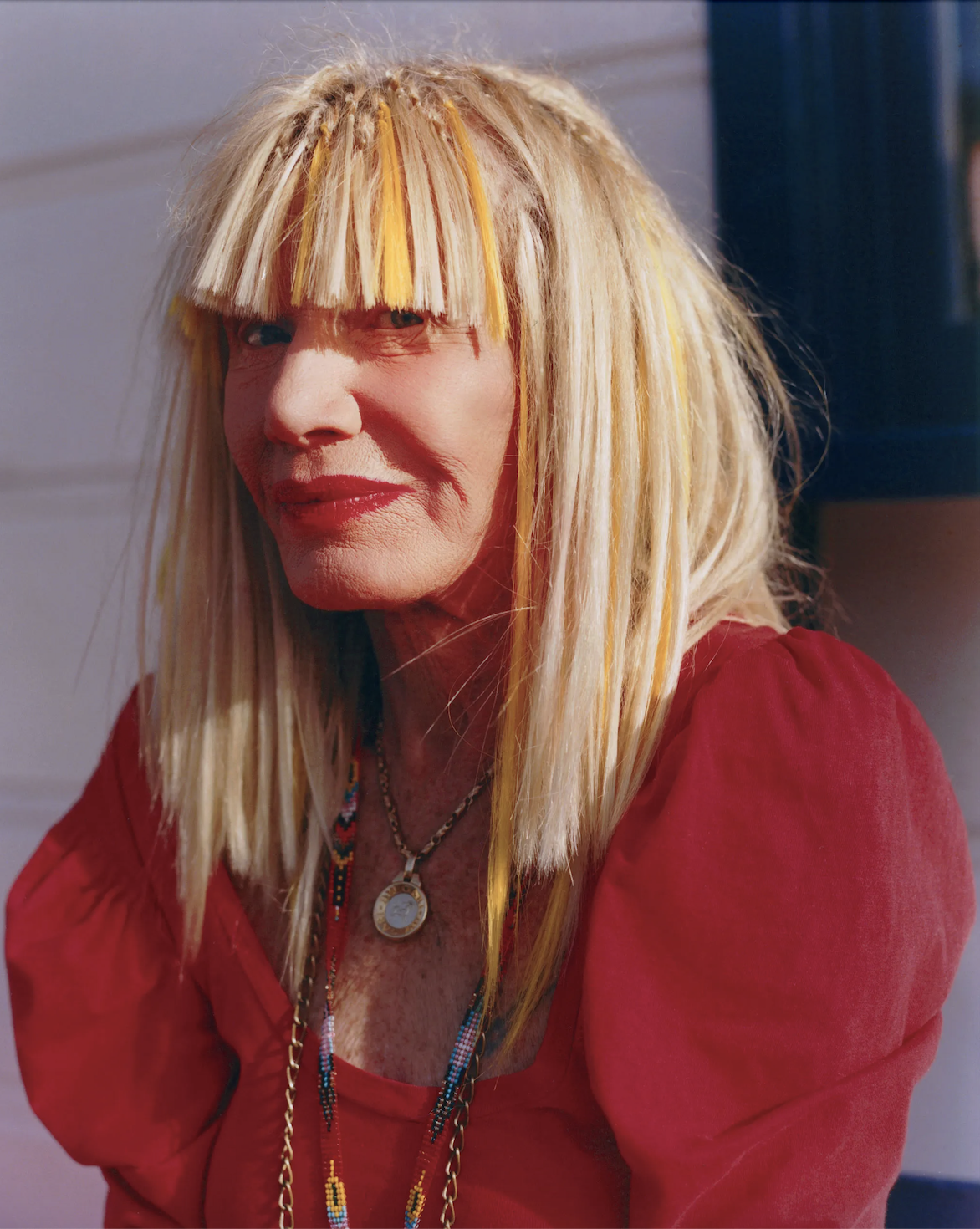Ode to Betsey Johnson
Betsey Johnson grew up in Wethersfield, Connecticut, where she had two great loves: drawing and dance. She had always been passionate about the arts. She started designing clothes as she saw them as a way to bring her two-dimensional drawings to life. She studied art at the Pratt Institute before switching to Syracuse University to study fabric design. Betsey began her career in fashion after winning the Mademoiselle Guest Editor Contest, a summer scholarship contest for promising young women. She worked a summer internship at Mademoiselle Magazine. Her mentor was Edie Locke. Her income from the magazine was not enough to pay rent post-graduation, so she started designing women’s tops. Her tops had short, tight sleeves, and scooped necks trimmed with a half-inch of velvet. She finished them off with little bows on the front. After wearing her creation to work, her colleagues were intrigued by her design and started requesting orders. Her designs were such a hit among colleagues at Mademoiselle that the editors incorporated a model wearing one of Betsey’s sweaters in the “Shop Here” section of their magazine.
Johnson defines her design aesthetic as “pretty and punk,” as she tends towards vibrant colours and loud prints. A year after starting her job at Mademoiselle, her creations began to garner traction in the fashion industry. Johnson’s mentor, Edie Locke, helped Johnson get her foot in the door with Paul Young, an entrepreneur who was launching his store, Paraphernalia, on Madison Avenue and was interested in featuring small designers. She was thoughtful with her fabrics due to her prior expertise in fabric design after studying at Syracuse University and her experience in sourcing attractive materials for Mademoiselle. While working at Paraphernalia, Johnson began to find her personal aesthetic; a relatively whimsical and fluorescent style. She is now recognized for using vibrant colours, patterns, plunging necklines, and low waists.
In 1970, Betsey left Paraphernalia to take creative control of the youth sportswear brand Alley Cat. Her work for Alley Cat led Johnson to receive the Coty Fashion Critics’ Award -a ‘Winnie’- at 29, becoming the youngest designer to receive this award.
In 1978, finding new inspiration from the revival of the punk movement, Johnson decided to start her fashion label as a business partner with former model, Chantal Bacon, thus beginning the Betsey Johnson label. The duo opened over 60 stores worldwide, including London, Tokyo, and Toronto. By the eighties and nineties, Johnson had made a name for herself. She started showing her designs at New York Fashion Week and ended her reveals with her signature cartwheel into a split.
Her fashion year took a brief hit when in 2000, she was diagnosed with breast cancer. Johnson underwent radiation therapy and then went into remission. After recovering fully, Johnson continued with the brand and still performed her cartwheel into a split at the end of her shows. In 2003, she extended her label to become a lifestyle brand, incorporating her signature prints into handbags, jewelry, footwear, and swimwear.
Unfortunately, in 2007, Johnson’s business partner, Bacon, was ready to leave the company, resulting in the two co-owners selling a majority stake in their company to the private equity firm Castana Partners. After the 2008 financial crisis and creative differences with the new owners, Johnson’s brand incurred $48.8 million in debt. In August 2010, Steve Madden paid Johnson’s debt, acquiring her brand but having Johnson stay on as the brand’s creative director.
Being a beloved designer in the fashion industry and having over 50 years of experience, her designs are still seen and worn by some of the most established celebrities of our generation. In 2022, Olivia Rodrigo, the “princess of punk,” sported several iconic fits from Johnson’s vintage collection to SOURprom on her sour tour and vintage Betsey Johnson hair clips to the 2022 Met Gala.
Johnson’s enthusiasm, creativity, and boundless talent will continue to sustain her for years to come. With quantifiable proof of her influence on fashion, she can definitely be known as an iconic American fashion designer.



